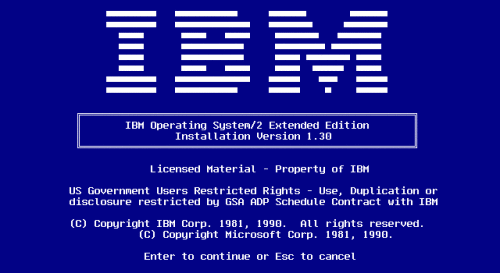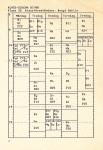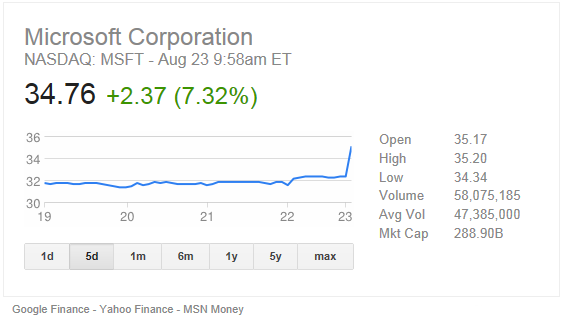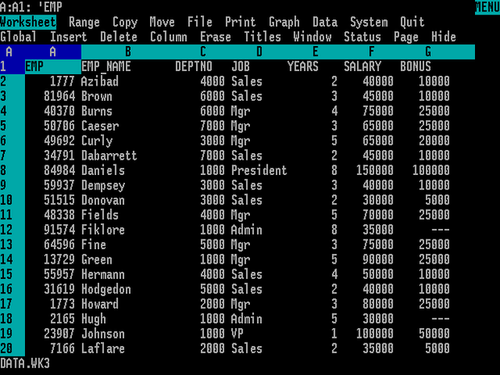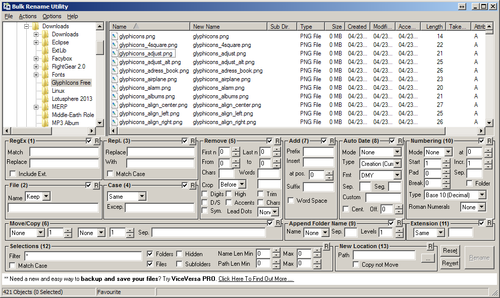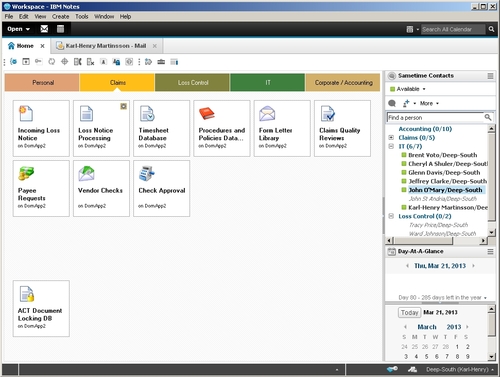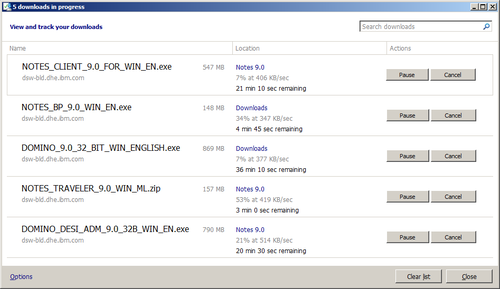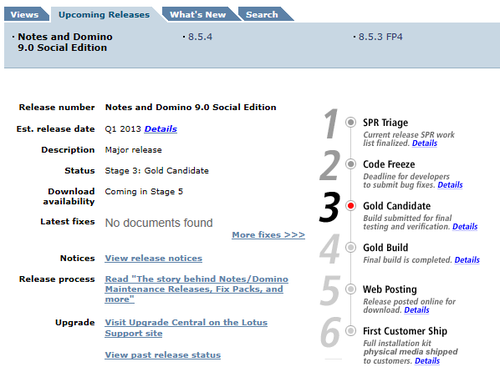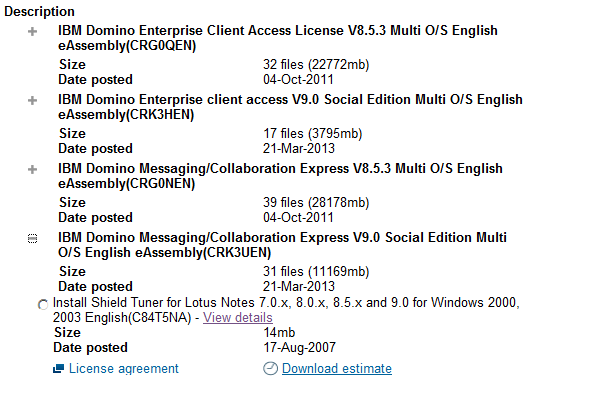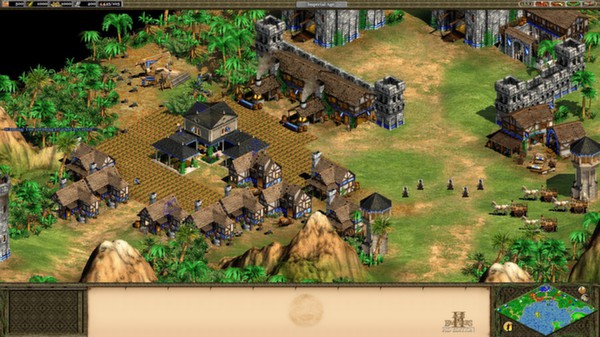The other day I found an interesting article at arstechnica about the history of OS/2, the IBM operating system that was supposed to replace MS-DOS. “Half an operating system: The triumph and tragedy of OS/2” brings back a lot of memories for me.
I worked at Microsoft in 1988/89, when the first couple of versions of OS/2 had just arrived on the market. IBM was just down the road, and one day my boss gave me a stack of floppy disks containing the Microsoft-developed OS/2 version 1.1 and told me to drive over to IBM and install it on a computer in their training room. If I remember it correctly, it was supposed to be used for a demo or conference.
I also remember the “RAM crisis” in 1988-90, when memory prices suddenly increased dramatically. I bought my first computer right after the prices dropped to a more manageable level. The high memory requirements for OS/2 was one of the reasons the new operating system did not take off. Microsoft had just released Windows 2.0 in 1987, and in 1990 the much more polished Windows 3.0 was released. Both versions had much lower memory requirements than OS/2.
I was never a fan of Workplace Shell, the object oriented desktop in later versions OS/2. It always felt clunky and sluggish, compared with the much slicker Windows 3.0/3.1 look. Starting in OS/2 version 2.0, a DOS virtual machine let you run any DOS program (including games) and even Windows programs in OS/2. I once attended a press meeting with Jim Allchin, I think it was when NT 3.51 was released. I asked him about the NT command line interface, and asked if there were any plans to add some true emulation or virtual operating system functionality, like in OS/2. He dismissed it as “circus acts by a dying operating system”. Of course he was partially right, as OS/2 was dying at that time, but anyone in the IT business today know about the benefits of virtualization…
So go and read the article, especially if you were around in the late 80’s and early to mid 90’s. I will leave you with a couple of interesting quotes from the article.
The PS/2 launch, for example, was accompanied by an advertising push that featured the aging and somewhat befuddled cast of the 1970s TV series M*A*S*H. This tone-deaf approach to marketing continued with OS/2. Exactly what was it, and how did it make your computer better? Was it enough to justify the extra cost of the OS and the RAM to run it well? Superior multitasking was one answer, but it was hard to understand the benefits by watching a long and boring shot of a man playing snooker.
OS/2 version 3.0 would also come with a new name, and unlike codenames in the past, IBM decided to put it right on the box. It was to be called OS/2 Warp. Warp stood for “warp speed,” and this was meant to evoke power and velocity. Unfortunately, IBM’s famous lawyers were asleep on the job and forgot to run this by Paramount, owners of the Star Trek license. It turns out that IBM would need permission to simulate even a generic “jump to warp speed” on advertising for a consumer product, and Paramount wouldn’t give it. IBM was in a quandary. The name was already public, and the company couldn’t use Warp in any sense related to spaceships. IBM had to settle for the more classic meaning of Warp—something bent or twisted. This, needless to say, isn’t exactly the impression you want to give for a new product.
Unfortunately, IBM was being pulled in two directions. The company’s legacy mainframe division didn’t want any PCs that were too powerful, lest they take away the market for big iron. The PC division just wanted to sell lots of personal computers and didn’t care what it had to do in order to meet that goal. This fighting went back and forth, resulting in agonizing situations such as IBM’s own low-end Aptivas being unable to run OS/2 properly and the PC division promoting Windows instead.

